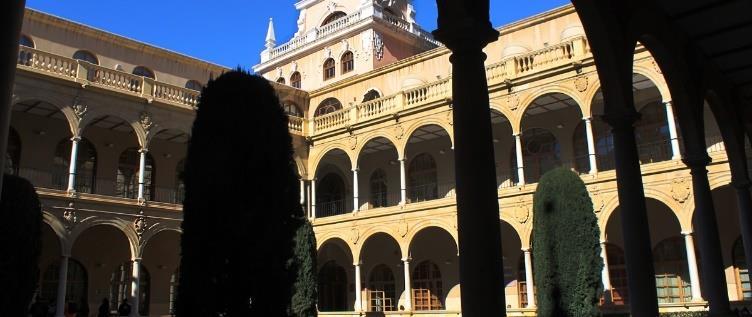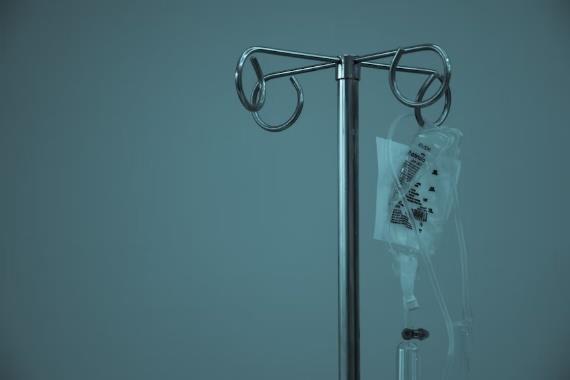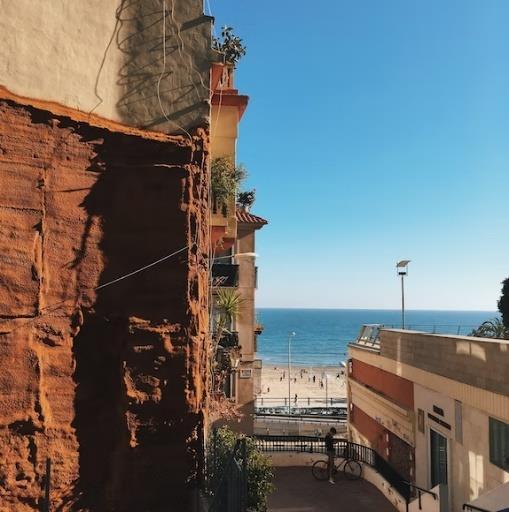
6 minute read
Universidad of Murcia
Emma Mao, Christ Church, Medicine, First Year Undergraduate, in-person
working
Work Projects
At the hospital, I was assigned a doctor or
researcher to shadow for the day. It
allowed me to eventually see the whole
hospital which was large; there were 10
floors with two underground layers that spanned greater than the building. I was given insight
into many aspects of cardiology. There was a day spent on treatment of patients with heart
failure; I could relate the theory we learnt in the year on the treatment plans of patients. I
discussed with the doctor the variables in treatment for each patient and how they were
specialised. Having not had any clinical contact in the first year, I also saw presentations of
symptoms in patients. There was a patient with severe heart failure where I could observe all
the features; liver enlargement, peripheral oedema, visible jugular vein, the vena cava not
collapsing on the echocardiogram showing congestion and vertical B lines on echocardiogram
showing interstitial lung fluid. The heart failure specialist showed me how to perform each
diagnostic test.
There was a day with a cardiomyopathy specialist which branched into genetics and applying
ECGs. With this doctor, I met a patient with Costello Syndrome, a rare condition that is
estimated to affect ~300 people worldwide and got to listen to their heart murmurs using a
stethoscope which was a unique experience. I also got to spend time in a congenital heart
disease clinic which allowed me to get an in-depth introduction to echocardiograms. I could
transfer the new skills I learnt and apply them in a research setting. I observed medical research
on mice on the topic of myocardial infarctions. Echocardiograms were done on mice and the
procedure and measurements were extremely similar.
In the research building, I was also shown the genomics lab which was linked to the hospital to
help do testing for the patients with cardiomyopathies. I also got to get a close-up view on
catheterisation procedures; there were both femoral and radial catheterisations. I observed in
the CATH lab, where they are replaced an aortic valve going through the femoral artery. We
were wearing lead aprons to protect from X-rays used to visualise the arteries. Accessing the
heart through an artery meant lower risk of infection and no broken bones.

I learnt how to ensure sterility for surgery when I was
allowed to stand next to the surgery table. The use of
intervascular echocardiography fascinated me as it
provided so much information on the 3D structure on
coronary vessels that would give the doctor a clear idea
of how to proceed with treatment. There were so many
different types of catheters for different uses; ones that were balloons that could be inflated to
dilate the artery, ones that were stents to maintain the artery, ones with micro knives on to
break the calcium plaque. In the arrythmia ward, I was shown the procedure of putting in a
pacemaker and ICDs and the testing required to qualify patients for a device. Lots of ideas
linked together after seeing so many wards, with arrythmia drug testing linking to genetics. For
example, a son was found to have Brugada syndrome which meant that his parents must be
induced to see if they also have this syndrome which then needed to be further confirmed
using genetic testing to figure out what the mutation is.
At the lab, I was assigned to proofread a protocol report that was in its final draft. I would
research science to help myself gain a deeper understanding of the hypothesis and correct the
grammar. It helped that I had read protocol reports from my day spent in the hospital’s clinical research office where I learnt about ongoing clinical trials that were in the recruitment phase. A
highlight of the experience was watching a heart transplant. It was a privilege to be able to
watch a heart being removed and have a donor one put in its place. Samples of the original
ischaemic heart were taken for genetic testing as a control in a cardiomyopathy study. I felt the
stents inside the removed heart that were previously placed to prevent further ischaemia and
got to see the ischaemic part of the heart that was previously visualised on an echocardiogram.

Daily Life
In the morning, I would get up usually around 7am and get
ready for the day before heading down for breakfast. I
learned to have a big breakfast as Spanish people have a
late lunch. I would catch the bus to the hospital to arrive
around 8am. There was a meeting every morning to discuss
interesting cases of the day before and to get more
perspectives on each patient. I would then meet with the
internship organiser who would assign me a person to shadow for the day; I would follow them
on their day whether it was seeing patients or performing experiments. It was a bit hard to
understand what was going on sometimes due to the language barrier, but I soon settled in as
everyone at the hospital was very welcoming and accommodating. I got into a schedule of
things to do which made each part of the day make more sense. I would end my day at the
hospital at 3pm when I would get the bus back to my hotel. I would then have free time to grab
something to eat.
I usually went to Mercadona (Spanish supermarket) and visited the bakery section and tried
Spanish pastries e.g. empanadas and ensaimadas. I explored different regions of the city where
I picked up the hobby of sketching buildings; the cathedral and old town are a must see in
Murcia. There was a gym in the hotel where I could exercise out of the heat. In the evenings, I
would have dinner in the hotel’s restaurant across the street which served Spanish dishes that
were interesting, particularly ajo blanco – garlic soup with watermelon and salted fish. At the
hospital, I met some ERASMUS medical students who I could socialise with as they could also
speak English. I had discovered very soon that most people in Murcia did not speak English as it
is not a tourist location. All the people at the hospital were very friendly. In their breaks, snacks
would be brought in to share and one thing I discovered from this was horchata, a cold frozen
drink that was very refreshing.
At the weekends, I would travel to the nearby beaches by train or bus. I visited Alicante,
Torrevieja and Cartagena which had the Mediterranean Sea where I swam and did other
tourist-y things. I also visited the outskirts of Murcia which included Carrascoy and the Valley,
which is a mountainous regional park where I did some hiking and got the tram to the
university campus and IKEA etc. to explore.

Lasting Impressions
This was an amazing experience. I got such an
in-depth view into life in a hospital as well as a
laboratory which was facilitated by the doctors
and researchers showing me their work. I gained
so much insight that would not be possible
without experiencing everything first-hand. This
internship has also taught me life skills of independence and many others. Not being able to
speak Spanish, I managed to figure out the public transport system, navigate daily life and
travel on my own in a foreign country. I am much more confident in my organisational and
decision-making skills. I got to experience Spanish culture, people and sun which have formed
fun memories of this summer. I found application in the topics we had learned in first year in
treatment and new research and this has consolidated these ideas for me. This experience has
shown the wide range of routes available to take and made me want to explore more areas.










